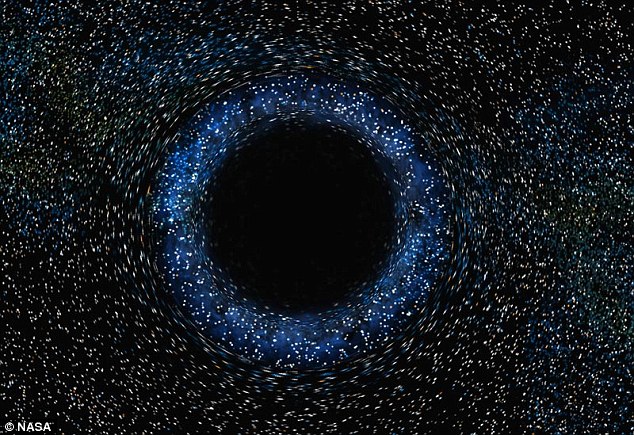
Since 1964, scientists have been using microwave receivers to measure the radio hiss known formally as the Cosmic Microwave Background (CMB). The CMB is believed to be a remnant of the Big Bang. Measuring the CMB, the scientists found the universe has cooled to a surprisingly uniform 3 Kelvin (-455 ºF), following the initial heat extremes that occurred 13.8 billion years ago. At least that is what they thought until 1998, when the COBE satellite discovered there were places in the CMB both hotter and colder than that average. These variations, however, are tiny – around a millionth of a degree. Then, in 2001, even this uniformity was upset, with the discovery of a far greater anomaly: within the pattern of small hot and cold spots was one far larger and cooler called—wait for it—the ‘Cold Spot’. Recent efforts to explain this ‘Cold Spot’ have been disappointing – leading some scientists to propose something far more exotic: the area may be caused by a collision between our universe and a parallel one.
At only 150 microkelvins below average, the ‘Cold Spot’ in the CMB isn’t really all that much colder than the universal average. And despite its size and temperature, the area would still not be considered unusual were it not for the relatively hot ring around it. This has compelled many scientists to look for a simple explanation for its existence (Occam’s razor in practice). However, the anomaly has yet to fit within any known model of our universe. Until last month, the most popular explanation for the mystery had been that it was the result of a “supervoid” (Voids are areas of space filled with very few galaxies). The prevailing thought was that the ‘Cold Spot’ was simply a larger version of this phenomena. A recent study by Ruari Mackenzie and Tom Shanks of Durham University in the UK cast doubt on this idea, however. It found this region of space had only a small deficit of galaxies– not nearly enough to explain the ‘Cold Spot’ as a void. In short, the prevailing answer appears to be wrong.
Some scientists have proposed a far more controversial explanation for the ‘Cold Spot’: it is the imprint of another universe beyond our own. First claimed by cosmologist and theoretical physicist Laura Mersini-Houghton, this hypothesis basically surmises that the ‘Cold Spot’ is where our universe is bumping into another universe (more technically, it is a direct result of cosmic inflation caused by quantum entanglement). If true, this would produce an identifiable polarization signal in the ‘Cold Spot’. Data from the European Space Agency’s Planck spacecraft may prove or disprove this, but it has yet to be fully analyzed. According to Shanks, if the polarization signal is found, then a collision with another universe would “become the most plausible explanation, believe it or not.” Such a discovery would be astonishing: if multiverses can be proved, we will have to acknowledge that even our universe is not exceptional.

No comments yet.